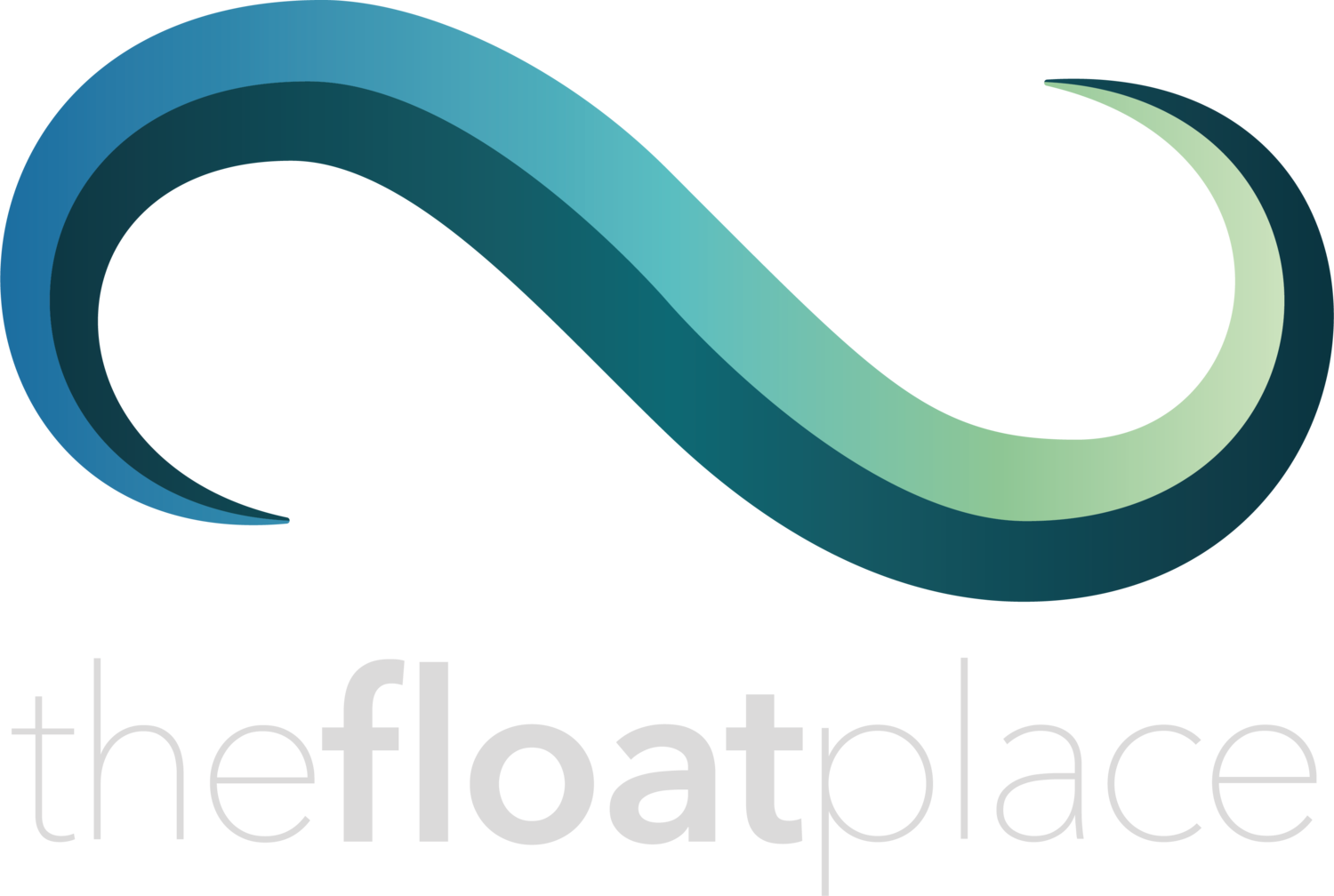Why Cold Plunge?
You might be asking yourself “Why would I want to lay in water that is between 40-45 degrees?”
Great question! Cold plunges, also known as ice-baths, have been around since 3,5000 BCE. Researchers suggest that cold plunge benefits may include:
Elevated Energy & Boosted Mood
The same way other people may use tools such as caffeine, or a quick workout as their way of waking up and starting the day. Many people look at plunging as a new way to boost their daily energy! In addition norepinephrine levels are shown to be 5x higher for people who plunge regularly. Norepinephrine is a naturally occurring chemical in the body that acts as both a stress hormone and neurotransmitter-generally low levels of this hormone have been shown to play a role in ADHD and depression.
Recovery/Pain Relief
Using the cold plunge not only helps with managing existing pain but it can also help with the body’s healing process, which may in turn help alleviate future pains. Cold water restricts blood vessels which has been shown to help fight inflammation — which is why we put ice on injuries. Less inflammation also means you’re less likely to feel sore after a workout or other physical activity.
Stress/Anxiety Relief
The Cold plunge has been proven to increase endorphins, or the “feel-good hormones” in your brain. Endorphins can ease symptoms of depression and anxiety. Cold water may also decrease cortisol, a stress-inducing hormone. Also, a cold plunge can take your mind off the things you might be worried or fearful of. The time spent focused on how the cold water feels on your body may act as a mindfulness practice.
At The Float Place we will be practicing the Wim Hof Breathing Method during the cold plunge:
What is the Wim Hof Breathing Method?
Wim Hof Method breathing is simple and easy — everyone can do it! Just follow the steps below.
Step 1: Get Comfortable
Assume a meditation posture: sitting, lying down — whichever is most comfortable for you. Make sure you can expand your lungs freely without feeling any constriction.
Step 2: 30-40 Deep Breaths
Close your eyes and try to clear your mind. Be conscious of your breath, and try to fully connect with it. Inhale deeply through the nose or mouth, and exhale unforced through the mouth. Fully inhale through the belly, then chest and then let go unforced. Repeat this 30 to 40 times in short, powerful bursts. You may experience light-headedness, and tingling sensations in your fingers and feet. These side effects are completely harmless.
Step 3: The Hold
After the last exhalation, inhale one final time, as deeply as you can. Then let the air out and stop breathing. Hold until you feel the urge to breathe again.
Step 4: Recovery Breath
When you feel the urge to breathe again, draw one big breath to fill your lungs. Feel your belly and chest expanding. When you are at full capacity, hold the breath for around 15 seconds, then let go. That completes round number one. This cycle can be repeated 3-4 times without an interval. After having completed the breathing exercise, take your time to bask in the bliss. This calm state is highly conducive to meditation — don't hesitate to combine the two.
Below is a link to a video of Wim Hof Method Guided Breathing for Beginners:
https://www.youtube.com/watch?v=0BNejY1e9ik
While it’s important to receive the mental and physical benefits of a cold plunge, you should never ignore your body when it’s attempting to communicate with you.






